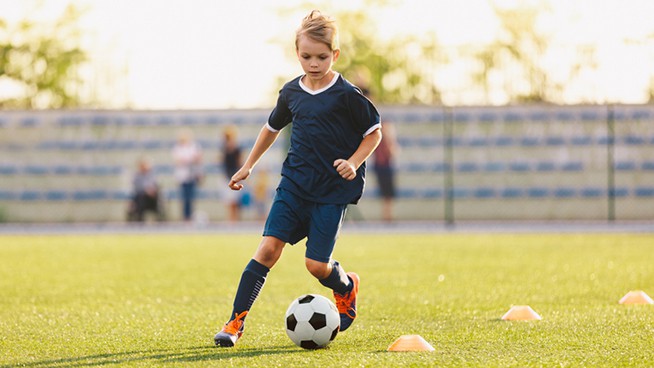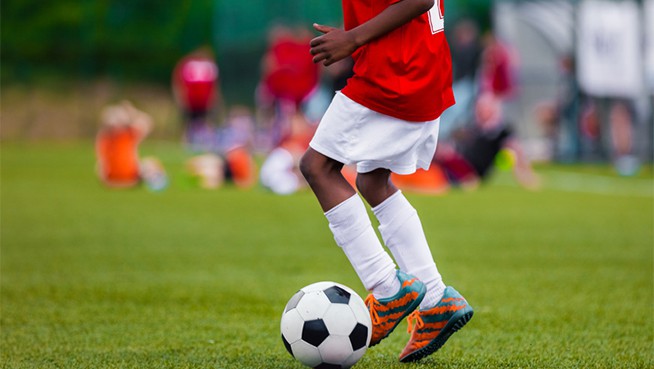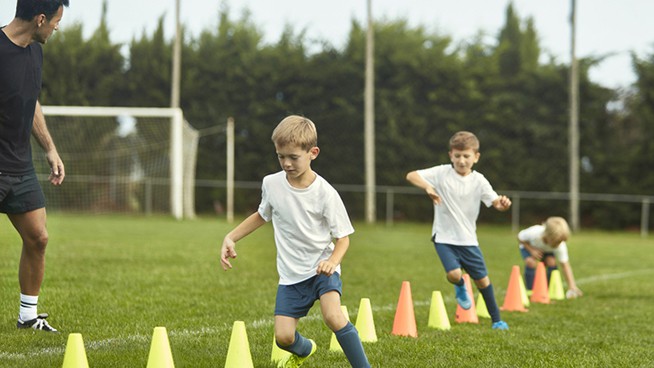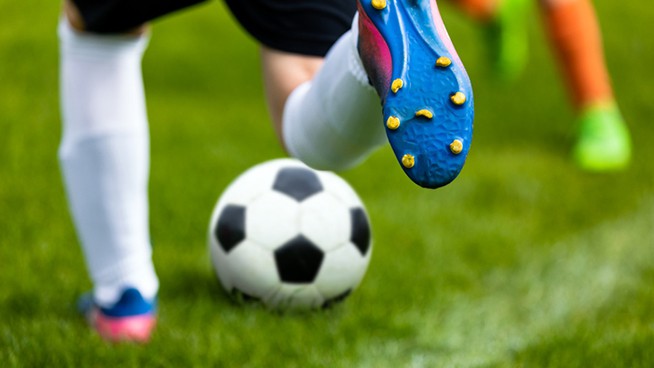Learn by Watching: The Role of Mirror Neurons in Sports

Injured or benched? Try not to sweat it too much. You can gather a lot by simply observing. From the most basic actions and skills required of an athlete—like dribbling a soccer ball or shooting a basketball—to more complicated strategies and offensive plays, watching a parent’s, coach’s or teammate’s movements—and later mimicking them—is critical to how you learn.
When you observe a particular action, one reaction in your brain’s motor regions is the same as what occurs when you later perform that action—your “mirror neurons” fire. These neurons are also considered to be vital components in the way we use language as a communication tool, and in our ability to sense and empathize with the emotions of others. Mirror neurons are also thought to exist in regions of the brain associated with vision and memory.
In one study, athletes, journalists and experienced coaches watched a basketball video. The athletes were the most proficient at predicting whether a shot was going to go in the hoop before the ball left a player’s hands. More mirror neurons are activated when carrying out an action than when watching it, which could explain why “active” athletes tested better than “observer” journalists and coaches. Another study, at UCLA, found that a subset of brain cells seemed to inhibit the activity of mirror neurons in observers. The study’s lead author hypothesized that this occurs in order to stop the observer from actually performing [carrying out] the task or action automatically.
So next time it’s your turn to sub out [or even when you’re watching the pros on TV], don’t tune out. Enhance your competitive arsenal by paying close attention to the actions—both mistakes and successes—of your teammates and opponents. The clearer and more explicit the images are in your mind, the more programed and instinctive you will be when it’s your time to execute.
Source: axonpotential.com
Photo: Cristsaves.blogspot.com
RECOMMENDED FOR YOU
MOST POPULAR
Learn by Watching: The Role of Mirror Neurons in Sports

Injured or benched? Try not to sweat it too much. You can gather a lot by simply observing. From the most basic actions and skills required of an athlete—like dribbling a soccer ball or shooting a basketball—to more complicated strategies and offensive plays, watching a parent’s, coach’s or teammate’s movements—and later mimicking them—is critical to how you learn.
When you observe a particular action, one reaction in your brain’s motor regions is the same as what occurs when you later perform that action—your “mirror neurons” fire. These neurons are also considered to be vital components in the way we use language as a communication tool, and in our ability to sense and empathize with the emotions of others. Mirror neurons are also thought to exist in regions of the brain associated with vision and memory.
In one study, athletes, journalists and experienced coaches watched a basketball video. The athletes were the most proficient at predicting whether a shot was going to go in the hoop before the ball left a player’s hands. More mirror neurons are activated when carrying out an action than when watching it, which could explain why “active” athletes tested better than “observer” journalists and coaches. Another study, at UCLA, found that a subset of brain cells seemed to inhibit the activity of mirror neurons in observers. The study’s lead author hypothesized that this occurs in order to stop the observer from actually performing [carrying out] the task or action automatically.
So next time it’s your turn to sub out [or even when you’re watching the pros on TV], don’t tune out. Enhance your competitive arsenal by paying close attention to the actions—both mistakes and successes—of your teammates and opponents. The clearer and more explicit the images are in your mind, the more programed and instinctive you will be when it’s your time to execute.
Source: axonpotential.com
Photo: Cristsaves.blogspot.com










